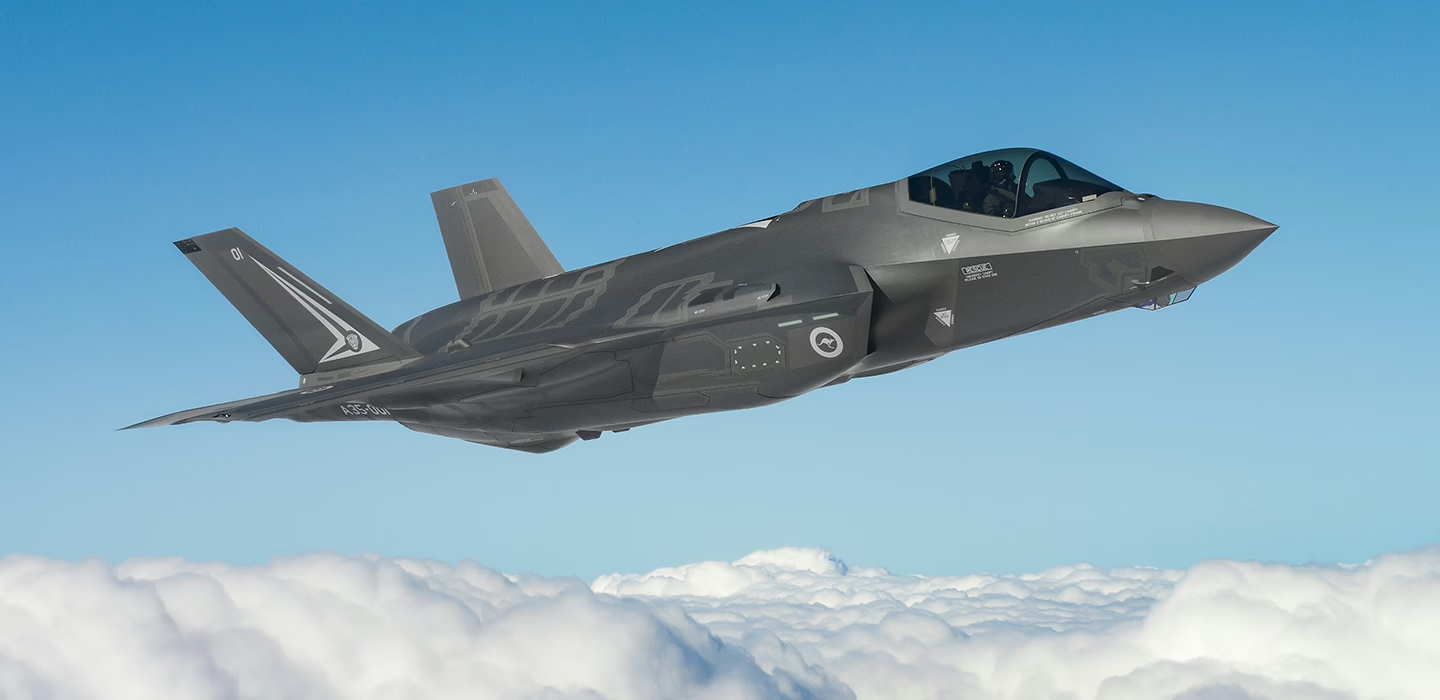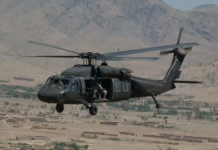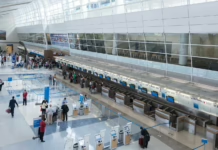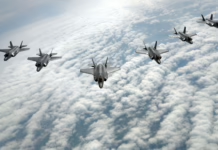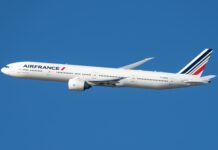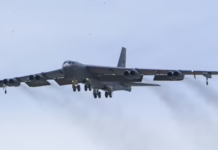New Regional Sustainment Framework (RSF) aims to keep US military equipment combat-ready in the Indo-Pacific without lengthy trips home for maintenance
The Pentagon is implementing a major shift in how it maintains US military aircraft in the Indo-Pacific region, with Australia positioned to become a primary hub for repair work that has traditionally been performed back in the United States. Under the Regional Sustainment Framework (RSF) announced in 2024, US military equipment, including advanced fighter jets and surveillance aircraft, could soon be serviced by Australian facilities, allowing American forces to maintain combat readiness closer to potential flashpoints.
The RSF strategy document acknowledges current limitations, stating, “Currently, we return assets to the continental United States for major repairs, missing an opportunity to use existing ally or partner nation MRO capabilities for shared weapons systems.” According to Pentagon, the strategy remains “a priority for the department as far as how we sustain the force.”
Australia tops the Pentagon’s list for expanding local maintenance capabilities for American military hardware. The nation offers dual advantages: its strategic Indo-Pacific position and its defense force’s operation of numerous identical platforms used by US forces. These shared systems include Lockheed Martin’s F-35 stealth fighters, Boeing EA-18G electronic warfare aircraft, Northrop Grumman MQ-4C unmanned surveillance platforms, and Boeing P-8A maritime patrol aircraft.
The Royal Australian Air Force also operates the Boeing E-7 Wedgetail airborne early warning and control platform, which the US Air Force is currently acquiring.
The arrangement aligns with Australia’s own 2024 Defence Industry Development Strategy, which emphasized building “strategic weight” and making Australia “less vulnerable to coercion” through closer industrial collaboration. The strategy notes, “The goal is to build capable, resilient, competitive and secure supply chains that include Australian businesses, and create economies of scale for the security and stability of the Indo-Pacific.”
Despite mutual government support, implementation faces challenges. Cynthia Cook from the Washington-based Center for Strategic and International Studies notes that American defense firms remain cautious about sharing proprietary information.
“Concerns about there being documents that would be interesting to Australian industry that they just can’t see and that they don’t know about was a pretty pervasive concern,” Cook said. She pointed to a culture of reticence driven partly by strict International Traffic in Arms Regulations that restrict the export of sensitive military technologies, even to allies.
US Indo-Pacific Command chief Admiral Samuel Paparo recently advocated for even deeper integration, stating at the Honolulu Defense Forum in February that American policymakers should embrace regional expertise beyond MRO capacity, including semiconductor production and shipbuilding.
“Japan, South Korea and Australia possess tremendous manufacturing capability,” Paparo noted. “By coordinating our efforts, we can achieve the surge production that the environment demands.”
How the initiative develops under the new administration in Washington, with its “America First” philosophy, remains to be seen. Defense Secretary Pete Hegseth has emphasized a “laser focus on readiness, lethality and war-fighting” during his first month in office, which could potentially align with the goals of regional maintenance partnerships.
The RSF initiative exists alongside other cooperative efforts, including the trilateral AUKUS security pact between Australia, the United Kingdom, and the United States, which focuses on technology development in areas such as hypersonic flight and artificial intelligence.

Key Takeaways
- Pentagon shifting aircraft repairs to Australia under RSF.
- Australia offers a strategic location and identical military platforms.
- Implementation faces proprietary information-sharing challenges.
- Initiative complements broader AUKUS defense cooperation efforts.



